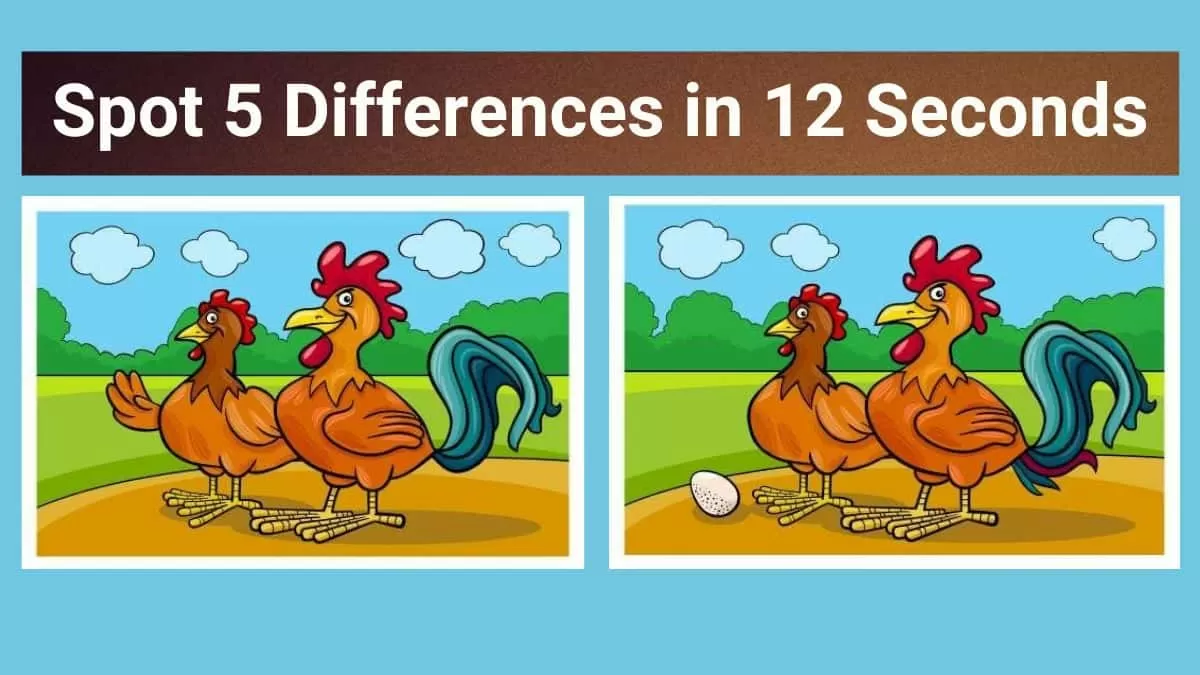Geography, the study of places and the relationships between people and their environments, incorporates a myriad of intriguing concepts that illuminate our understanding of the world. Among these concepts, the terms “site” and “situation” are fundamental for students delving into the intricacies of locations and their characteristics. But what exactly differentiates site from situation? Consider this playful challenge: can you think of a place where the site and situation contrast sharply? This exploration will not only enhance your geographical discernment but also hone your analytical skills. Let’s dive deep into this fascinating dichotomy.
Defining Site and Situation
At its core, site refers to the actual physical, locational attributes of a particular area. This includes its topography, climate, vegetation, and even the presence of natural resources. For instance, a city with a site characterized by fertile soil and a temperate climate is likely to support agriculture and attract settlers. On the flip side, a site located in a rugged, mountainous region may face challenges in accessibility and resource availability.
Conversely, situation encompasses the broader spatial context of a location. It addresses how a place relates to other locations, including its connectivity, economic relationships, and cultural interactions. The situation of a city can significantly influence its development and prosperity. For example, a port city situated strategically along shipping routes enjoys advantages in trade, boosting its local economy and culture.
The Critical Differences
To better grasp the differences between site and situation, let’s delve into several key aspects.
1. Physical versus Relational
One of the most stark distinctions lies in the physical versus relational attributes of these concepts. Site deals with tangible, concrete characteristics, such as elevation or soil quality. For instance, the site of New York City is notable for its historic harbor and the surrounding islands. These elements directly affect what can be done in that location.
In contrast, situation encompasses a more fluid interpretation of a place’s importance. For example, the situation of New York City as a global financial hub is molded by its proximity to other populous city centers and international connections via air and sea. Understanding this relational aspect reveals how circumstance can transform a seemingly ordinary location into a critical economic powerhouse.
2. Permanence versus Change
Site characteristics may remain relatively fixed unless altered by environmental changes or human intervention. Think of the Great Plains, where the flat, expansive site remains unchanged across generations. This permanence contrasts with the concept of situation, which is inherently dynamic. A city’s situation can evolve based on various factors, such as the emergence of new transportation networks or shifts in global trade patterns. As societal needs transform, so too can the situation of a place, thereby affecting its role in the larger geographic narrative.
3. Local versus Global Perspectives
From a geographic standpoint, site is often examined with a local lens. It reveals how natural elements shape the micro-environment and can contribute to local culture, architecture, and community practices. For instance, a region with abundant timber might develop a culture centered around woodworking and craftsmanship.
Meanwhile, situation encompasses a global perspective, highlighting how localities interact within broader networks. Analyzing a city’s situation might involve examining it within the context of global markets, migration flows, or even political alliances. This broader view allows students to see how individual sites contribute to and are influenced by global occurrences.
Real-World Examples
Let’s consider some prominent examples to illustrate these differences further. Take the city of Istanbul. The site of Istanbul, strategically positioned on the Bosporus Strait, offers unique geographic advantages, with its mixed topography and natural harbor making it a prime location for settlement.
However, when we analyze its situation, we observe that Istanbul connects Europe and Asia, serving as a vital corridor for trade and cultural exchange throughout history. This duality highlights how a city’s prominence is not merely dictated by its physical characteristics but also by its situational dynamics.
Another compelling case is the city of Las Vegas. The site of Las Vegas, nestled in the Mojave Desert, presents challenges due to its arid conditions. Nevertheless, its situation as a major entertainment destination capitalizes on its accessibility from other populous areas and its catering to a global tourism market, showcasing the power of situation in transforming an underdeveloped region into a thriving metropolis.
Conclusion: Why Understanding the Difference Matters
Grasping the difference between site and situation is paramount for students of geography. It encourages a multifaceted understanding of spaces and places, fostering critical thinking about how we relate to our surroundings. Whether studying for exams, engaging in regional planning, or participating in global discussions on sustainability, this knowledge equips students with the tools to analyze and interpret the world more effectively.
The next time you glance at a map or travel to a new location, pose the playful question: what is the site and situation of this place? Understanding this distinction can uncover hidden layers of meaning, enriching your geographical appreciation and understanding. Embrace the challenge of recognizing and analyzing these concepts, as they are essential in navigating the complexities of our world.
